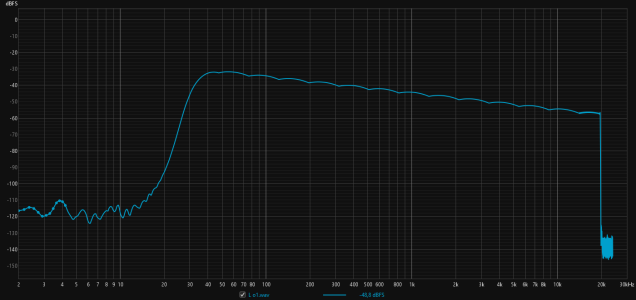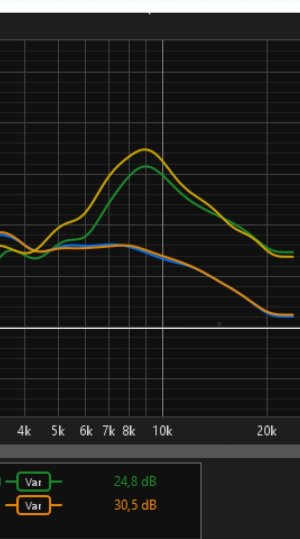AAARGH!
Thanks for replying, but that's maybe the wrong way around.
At the moment, we're talking about the Amp (though we will be talking about the Ultra soon enough).
Any delay to the signal due to processing in the amp will be the same for both mains and sub, so no delay required. The only reason the sub might be out of time is if it does it's own processing (except * below), which delays the signal further. So including delay for the sub out can only make it worse.
You need need delay on the mains, so that if the sub's processing slows the signal down, you can slow the mains by the same amount.
Adding delay to the sub and not the mains on the Amp is, as far as I can tell, completely useless, * apart from the very rare set up where you have a 2.1 system with the sub closer to you than the mains - it's more likely the mains will be closer, with the sub tucked away somewhere.
Please reconsider.
Many thanks.


